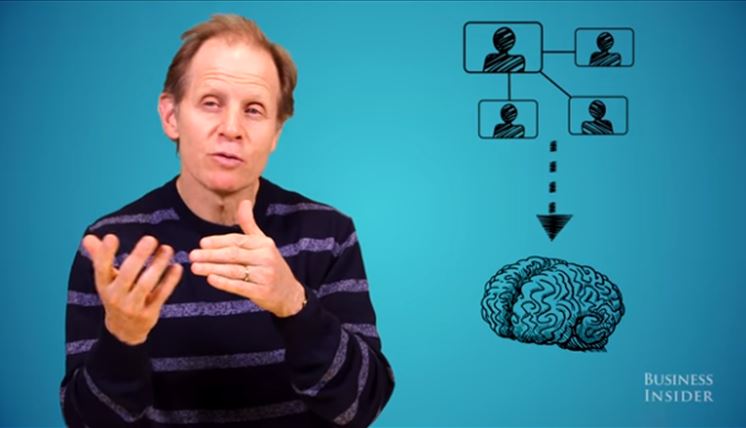As Aristotle famously affirmed, “Man is by nature a social animal.” It’s no mystery that modern developments in technology have led to the advent of social media, because humans are wired to crave connection with others.
From a scientific perspective, the brain is the social organ of the body; it’s what motivated us to create social media in the first place. These days, however, social media is shaping our brains. But how?
Many studies point to the adverse effects of social media on the brain, including its negative impact on mental health. But in this video on the way social media affects our brains, Dr. Dan Siegel, a professor of psychiatry at UCLA, gets into the nitty-gritty details of it and concludes that social media doesn’t have to be a bad thing; it’s what we do with it that counts.
The risk, Siegel says, lies in the lack of exposure to non-verbal signals. Communication via social media fails to include tone of voice, intensity of voice, facial expression, and more. These non-verbal signals are processed in the right hemisphere of the brain, which is also linked with important functions such as emotion regulation and autobiographical memory.
Social media, on the other hand, primarily engages the left hemisphere, which, interestingly enough, also evaluates others’ opinions of us. One of the primary dangers, therefore, is that if we allow social media to replace face-to-face relationships, then we risk neglecting certain parts of our brains and the functions they perform.
Social media allows many to seek connections with people whom they cannot see in person or with whom they would otherwise fall out of touch, and there is nothing inherently harmful about it. But it’s our responsibility to use social media as a supplement to communication, rather than as its replacement.
https://aleteia.org/2017/10/17/how-social-media-re-wires-our-brains-video/







